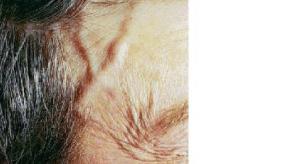All News
Methylprednisolone plus Methotrexate in Giant Cell Arteritis
What is the optimal glucocorticoids (GC) regimen in giant cell arteritis (GCA)? Does methotrexate (MTX) work in GCA?
Scleroderma-associated Interstitial Lung Disease
While we know there are certain clinical features serving as predictors that patients with SSc may develop ILD, including diffuse skin disease and serologies such as anti-Scl-70 and Th/To antibodies, it is imperative that clinicians consider that any patient, particularly early in their disease course (5 years of disease since the first non-Raynaud phenomenon symptom) could develop ILD.
Read Article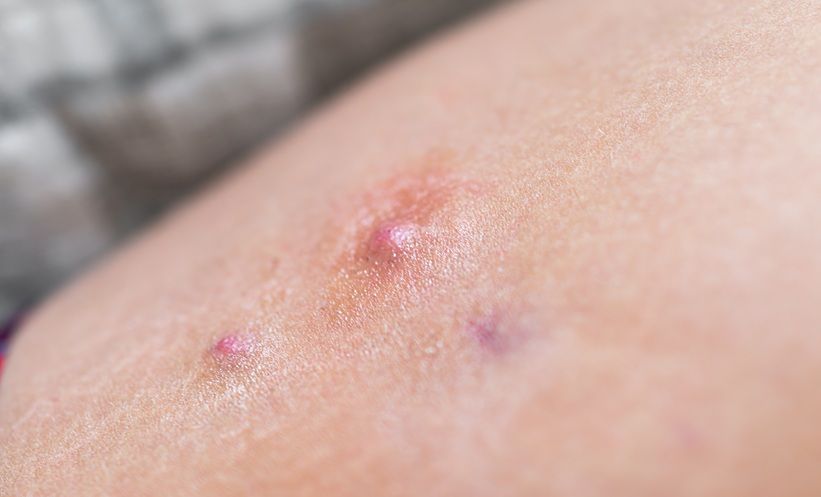
Report of 54 Sjögren dz pts w/ cutaneous vasculitis (CV); most had cryoglobulinemic vasculitis & hypergammaglob.vasculitis. Sjogrens w/ CV had higher risk of lymphoma. Type II cryoglob. vasculitis incr risk of mortality/lymphoma, renal dz, peripheral nerve involvement https://t.co/7UPFd2dSZU
Dr. John Cush RheumNow ( View Tweet)

Sucutaneous anifrolumab? Phase III TULIP-SC trial in SLE patients showed SC anifrolumab (Saphnelo) significantly reducted lupus disease activity compared to placebo. https://t.co/vvI2av2vAJ https://t.co/0V1wsmFk0N
Dr. John Cush RheumNow ( View Tweet)

Single-center retrospective study 49 pts w/ primary angiitis CNS (PACNS) stratified by vessel size. Vessel size dx by imaging & neuroradiologists. Small vessel involv(n 9) was significantly assoc w/ +Biopsies, CTX use, functional decline & more relapses. https://t.co/DF6DknoPxY https://t.co/puc6nvEAut
Links:
Dr. John Cush RheumNow ( View Tweet)

Systematic review of 139 RCTs(9644 pts) & 12 Rx options for knee OA (KOA) shows simple Rx is best. For pain and function, knee brace was best, followed by exercise, and US worst. For total WOMAC best was hydrotherapy, then exercise & LaserTx. (Short wave diathermy worst) https://t.co/sN9TxJGn6N
Dr. John Cush RheumNow ( View Tweet)

🎓 Learning just got smarter.
Every week, RheumIQ challenges you with a quick quiz on current rheumatology updates.
💡 Educational
🎯 Evidence-based
🧠 Addictive (in a good way)
Try it now and level up your clinical knowledge: https://t.co/JWTPUViFkI https://t.co/DsKunA4DkQ
Dr. John Cush RheumNow ( View Tweet)
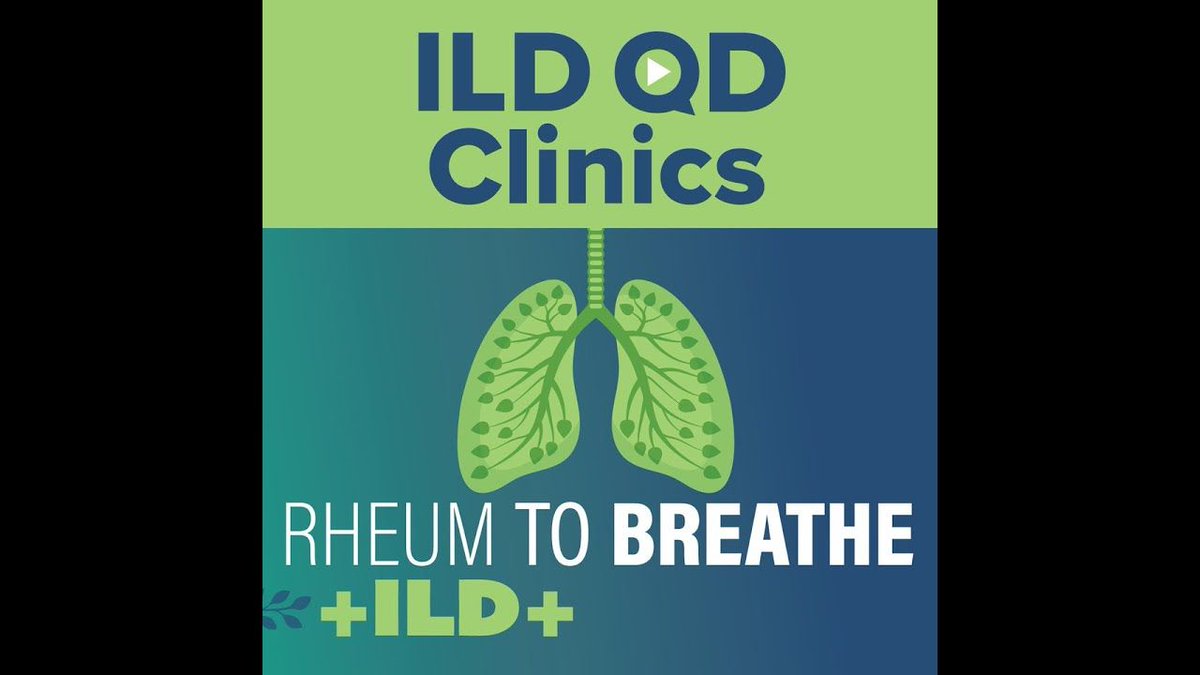
Worsening Breathlessness in SSc ILD
Dr. Aurelie Najm, Glasgow, presents a QD Clinic on worsening breathlessness in systemic sclerosis interstitial lung disease, as part of RheumNow's Rheum to Breathe: ILD campaign, presented throughout the month of September 2025. https://t.co/P3MoM7ZmIo
Dr. John Cush RheumNow ( View Tweet)

GLP-1 Drugs Reduce Rheumatoid Arthritis Symptoms
Patients with rheumatoid arthritis (RA) who used GLP-1 receptor agonists had less disease activity and improved cardiovascular biomarkers, a small retrospective study indicated.
https://t.co/x2soZxuZCO https://t.co/84lnQOzsvP
Dr. John Cush RheumNow ( View Tweet)
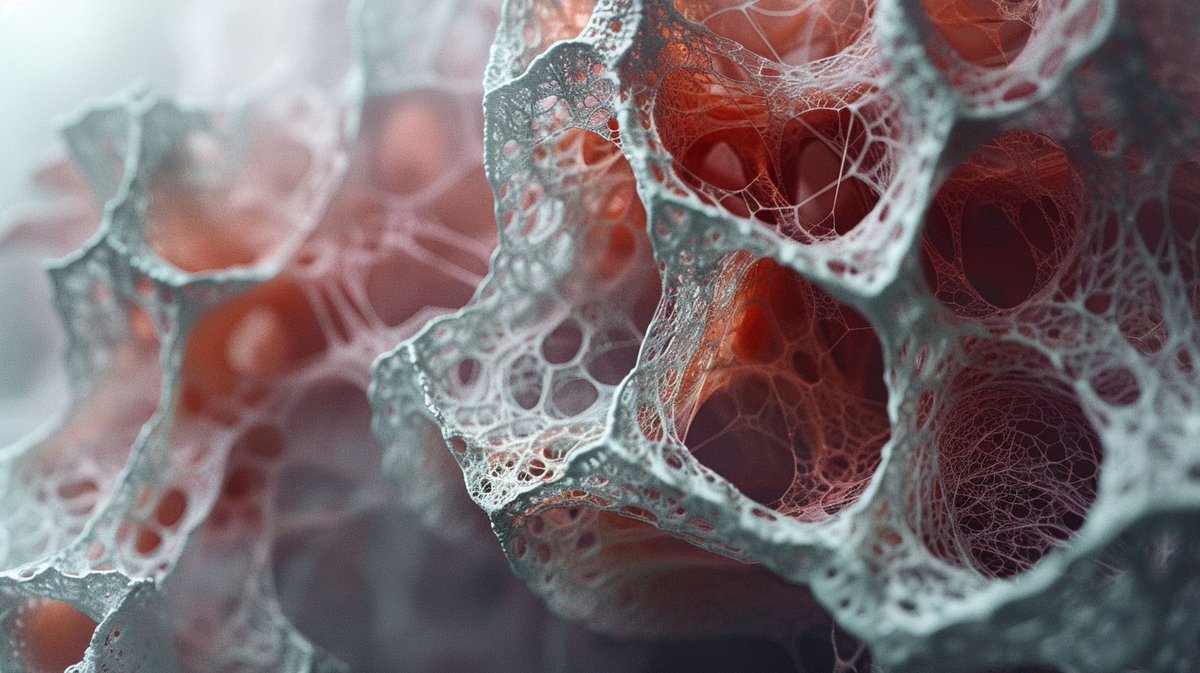
What you need to know about scleroderma-related lung fibrosis
What do you need to know about scleroderma-related lung fibrosis as a practicing rheumatologist?
https://t.co/Ezl5G5IZeI https://t.co/zTF4lIYCAJ
Dr. John Cush RheumNow ( View Tweet)

Guselkumab (Tremfya) 1st IL-23 inhibitor to be FDA approved for subcutaneous induction in adults with ulcerative colitis https://t.co/KaZVzyomeY
Dr. John Cush RheumNow ( View Tweet)
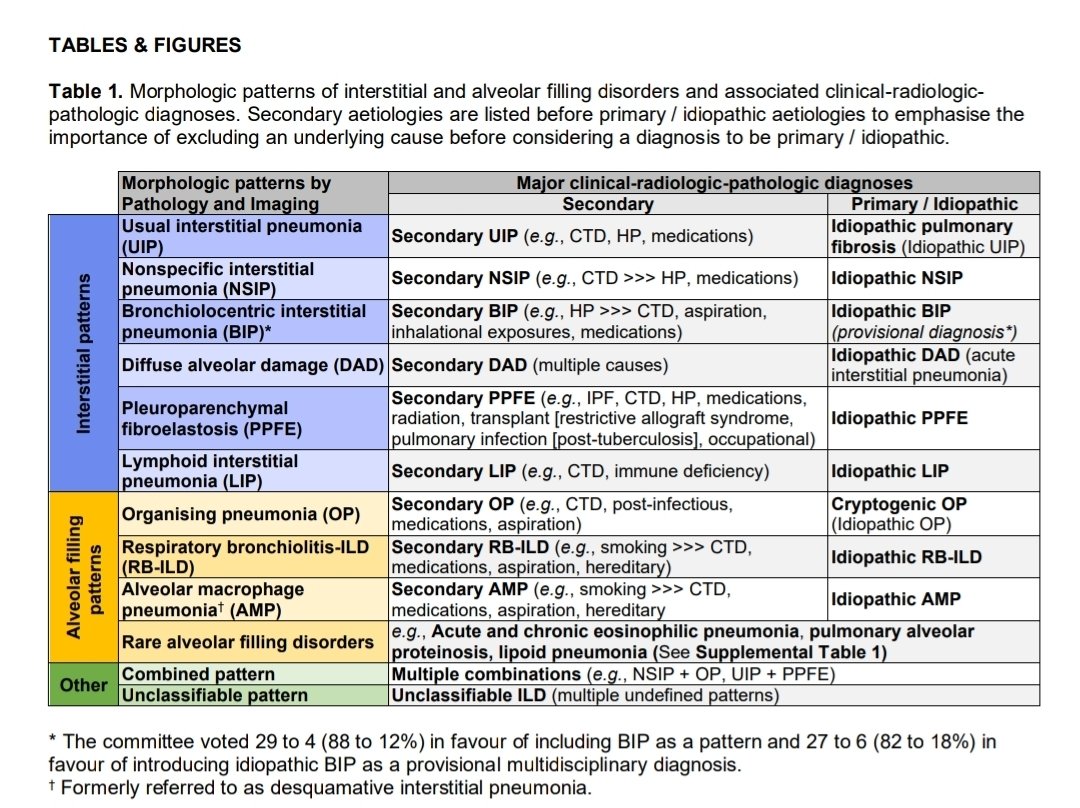
New Multidisciplinary Classification of the Interstitial Pneumonias: ATS/ERS Guideline.
https://t.co/HWteOikGXT
🫁🩻🎞⚔️🐍🧪🔬💡📚
@ERSpublications @EuroRespSoc @ALATorax @SPLF_SocPneumo @pneumosbpt @NeumoMadrid @SeparRespira @HUReinaSofia @neumoparatodos @Neumosur @NeumoNat https://t.co/GnJjuxMIEm
Links:
jpedrokessner KessnerJp ( View Tweet)

Verba Volant, Scripta Manet
- Latin proverb meaning "spoken words fly away, written words remain", https://t.co/gXgDR7YS0C
Dr. John Cush RheumNow ( View Tweet)

Join us Sept 23 @ 7PM ET for the next Rheum to Breathe Journal Club!
We’ll dive into two pivotal ILD studies:
📄 FIBRONEER (Nerandomilast in PPF) – NEJM 2025
📄 RECITAL (Rituximab vs Cyclophosphamide in CTD-ILD) – Lancet
Panelists: Dr. Toby Maher, Dr. Shervin Assassi
Moderator: https://t.co/BebFhDJ1mM
Dr. John Cush RheumNow ( View Tweet)

Equal Safety of JAK Inhibitors and TNF Inhibitors
JAMA has published a systematic review and meta-analysis of head-to-head studies showing there was no meaningful difference in safety events observed when taking either JAK inhibitor (JAKi) vs TNF antagonist (TNFi) therapies for https://t.co/DTux5QdETS
Dr. John Cush RheumNow ( View Tweet)

When Myositis Hits the Lungs: What Every Rheumatologist Should Know About ILD
When idiopathic inflammatory myopathies (IIM) affect the lungs, the consequences can be serious. Interstitial lung disease (ILD) is not only common in IIM, but also one of the leading causes of death, https://t.co/Kxbarq9tiD
Dr. John Cush RheumNow ( View Tweet)

STOP-RA: Hydroxychloroquine Fails in ACPA+ Arthralgia
Deane et al has published the results of the STOP-RA trial, demonstrating that 12 months of hydroxychloroquine (HCQ) did not prevent the development of clinical RA at 36 months.
https://t.co/wsnc9uZi1P https://t.co/MwZJAQs7Rt
Dr. John Cush RheumNow ( View Tweet)

🆕 ILD (Part II): advanced insights
🫁 Multidisciplinary management
💊 Treatment strategies
📊 Prognosis & monitoring
🧑⚕️ What rheums should know next
⬇️ Download & learn more: https://t.co/XNmbcfqKKF
Created by
@MithuRheum | For our Rheum to Breathe: ILD Campaign https://t.co/Yhlw3nGsDh
Links:
Dr. John Cush RheumNow ( View Tweet)

Definitions for Interstitial Lung Disease: A Consensusfrom the Fleischner Society https://t.co/2r9oS1Eb9k https://t.co/GqKq5E0bmp
Dr. John Cush RheumNow ( View Tweet)

Call to Update the Classification Criteria in Idiopathic Inflammatory Myopathies (IMM), Why?
- EULAR/ACR myositis criteria dont cover specific myositis subtypes
- Polymyositis is rare
- antisynthetase & necrotizing myopathy & Jo1 Dz not well represented
- Need to include MSA, https://t.co/P9CEXmEOxl
Dr. John Cush RheumNow ( View Tweet)


